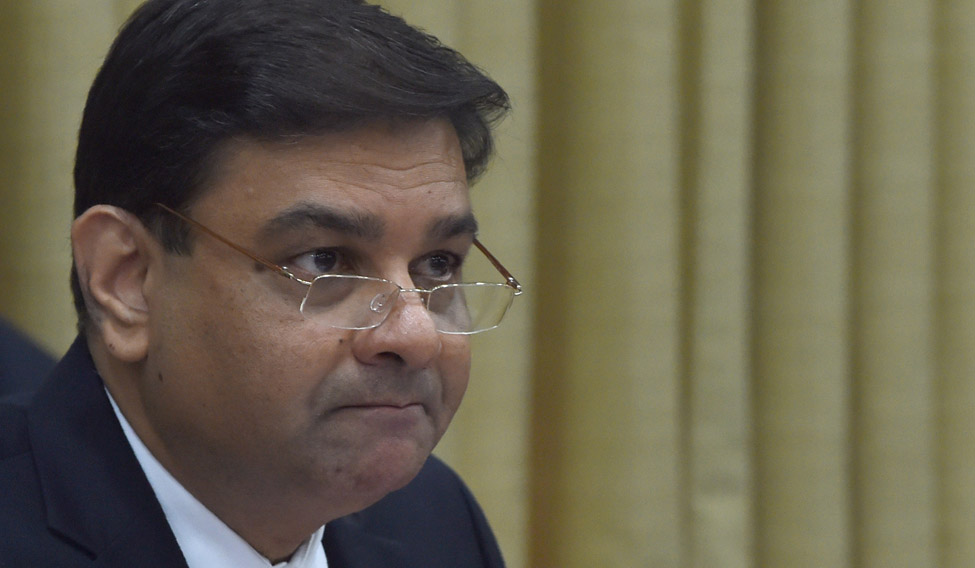The Reserve Bank of India has flagged down large-scale farm loan waivers announced in some states, stating that has led to rising risks to fiscal slippages, and could undo progress on the fiscal front made in the last few years.
“There is a risk that unless there is existing fiscal space in state government budgets, or some space is found, the likelihood of going down the slippery path and decimating the important gains that we have made in fiscal rectitude over the last two-three years can come about,” said RBI Governor Urjit Patel.
Farmers across Maharashtra have gone on strike since June 1 demanding farm loan waivers, and higher minimum support prices among other things. The strike comes in the wake of farm loan waivers announced by the Yogi Adityanath-led BJP government in Uttar Pradesh. Maharashtra Chief Minister Devendra Fadnavis said on Tuesday that the state government will come out with loan waiver for farmers before October 31.
The farmers' protests in Maharashtra have now spread to Madhya Pradesh as well.
A recent report by Bank of America-Merrill Lynch estimates that farm loan waivers by various state governments could touch Rs 2.57 lakh crore in the run-up to the parliamentary elections in 2019.
Patel warned the situation could get out of hand if not handled carefully.
“Past episodes in our country has shown that when there are significant fiscal slippages, they do permeate through to inflation sooner or later. So, its a path we need to tread very carefully, before it gets out of hand,” Patel told reporters after announcing the second bi-monthly monetary policy for 2017-18.
The RBI, as expected, left key repo rate unchanged at 6.25 per cent, stating it needed to see through more data whether inflation remained within the projections.
Consequently, the reverse repo rate stays at 6 per cent and the marginal standing facility, bank rate at 6.50 per cent. The central bank, however, reduced the statutory liquidity ratio (SLR) by 50 basis points to 20 per cent, which will provide some liquidity to banks.
“In our assessment combination of new factors are at work. One, the transitory effects that have kept inflation low since November could be lingering on, and two, there are supply glut conditions in respect of pulses, cereal and vegetables, which may have set in before demonetisation. With so many moving parts and the outlook clouded with uncertainty, the MPC (monetary policy committee) decided to stay on hold,” Patel said.
The central bank said the decision was consistent with a neutral stance of monetary policy in consonance with the objective to achieve medium-term consumer price index inflation target of 4 per cent, within a band of plus or minus 2 per cent.
Consumer prices rose by 2.99 per cent in April, its lowest in at least five years. RBI said underlying this “surprising softness” was a sharp fall in food inflation.
“The April reading has imparted considerable uncertainty to the evolving inflation trajectory, especially for the near months,” RBI said.
The RBI sees headline in the 2.0 to 3.5 per cent range in the first half of the year and 3.5 to 4.5 per cent in the second half if “the configurations evident in April are sustained” and policy interventions are “absent.”
“It is clear that RBI does not intend to take premature call and will wait and watch till we get clear picture of the macroeconomic scenario, both domestically and globally,” said Arun Singh, Lead Economist, Dun & Bradstreet India.
Some analysts say a further interest rate cut is possible if inflation remains benign.
“We believe RBI can ease rates by 25 bps with a room for one more cut if the current dis-inflationary forces persists. The positive outlook on monsoon, stable exchange rate and moderate international oil prices should pave the way for such an outcome,” said Kunal Shah, debt fund manager at Kotak Mahindra Old Mutual Life Insurance.
Meanwhile, the central bank has refuted charges of long term cash shortage in the economy and said 82.6 per cent of the demonetised money was back into the system.
“It will not be true to say there is shortage in the economy. Yes, there could be shortage in some pockets, but when ever such things come to our notice, we respond immediately through various means,” said B.P. Kanungo, Deputy Governor, RBI.
Addressing the stressed assets issue, RBI said that the first meeting of the internal advisory committee would meet shortly and the proposal to bring the overseeing committee under the aegis of the central bank have also been approved in principle.
“We have decided to focus on a few large stressed accounts and accordingly, certain accounts have been identified based on objective criteria. Decision on specific accounts out of these to be restructured will be taken under the guidance provided by the internal advisory committee,” said Deputy Governor N.S. Vishwanathan.






